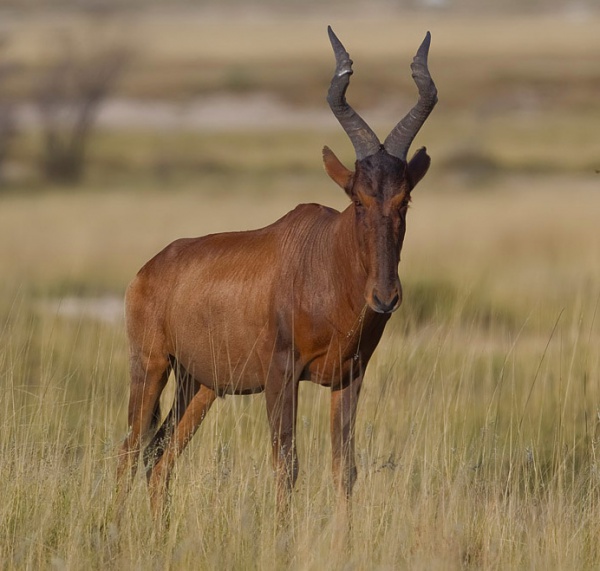Facts About Red hartebeest
The red hartebeest is a captivating African antelope predominantly found in Southern Africa. Belonging to the Bovidae family, it has close associations with the tsessebe and the topi. With a population exceeding 130,000, these animals are a vital part of the African ecosystem.
Scientifically named Alcelaphus buselaphus caama, the red hartebeest is distinguished by its vivid coloration, elongated face, and distinctive horns. Males typically weigh around 150 kg, whereas females are somewhat lighter at 120 kg. Both genders stand about 135 cm tall at the shoulder, and their horns can grow up to 60 cm in length. These antelopes can live up to 19 years, and with the exception of horn size, males and females appear markedly similar.
Red hartebeests primarily graze on grasses, adjusting their diet according to seasonal availability. Remarkably, they can endure long periods without drinking water. Nevertheless, they face natural predators, including lions, spotted hyenas, leopards, and cheetahs. Lions usually target adult males, while hyenas and leopards frequently prey on calves.
Hunting poses a significant threat to red hartebeests, particularly in rural areas where wildlife protection laws are not consistently enforced. They typically inhabit herds across the open plains and scrublands of southwestern Africa. Over millions of years, environmental changes and climate shifts have driven the evolution and diversification of the red hartebeest and its relatives.

 Namibia
Namibia